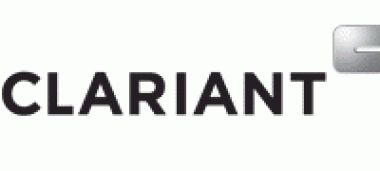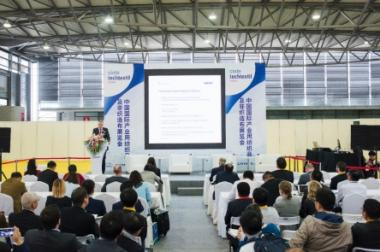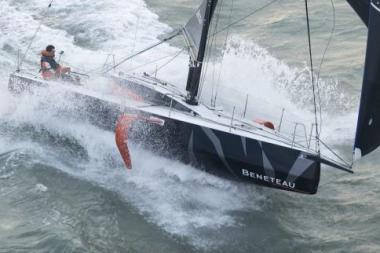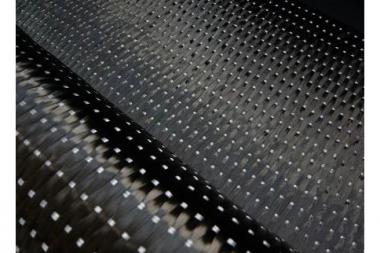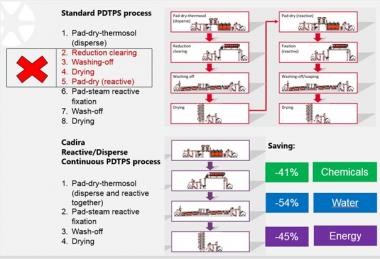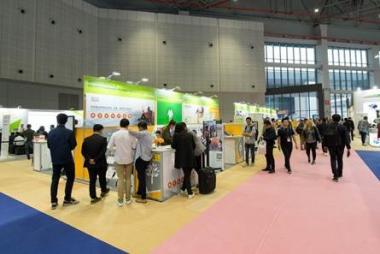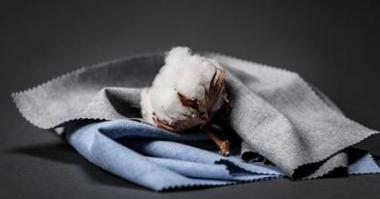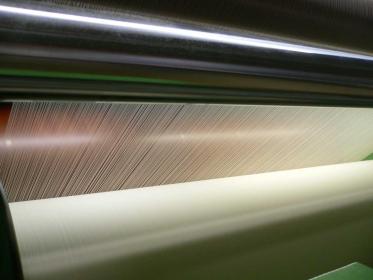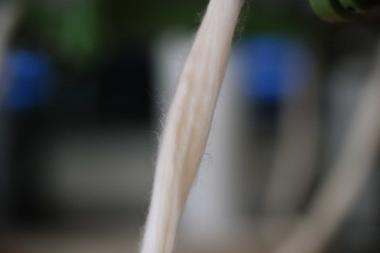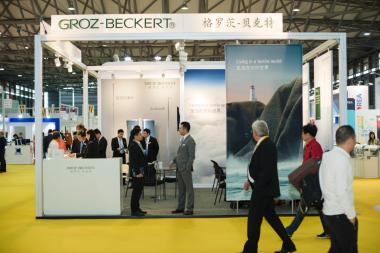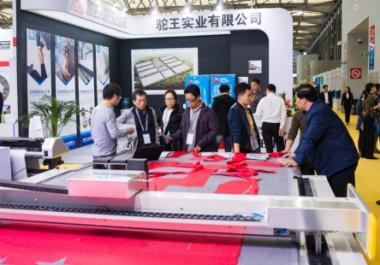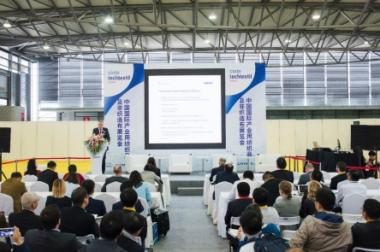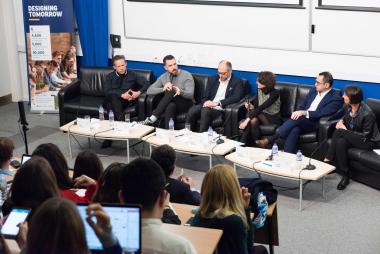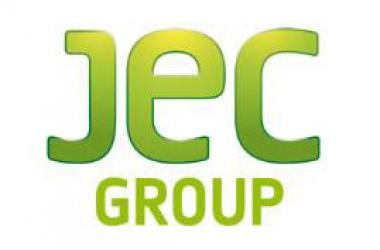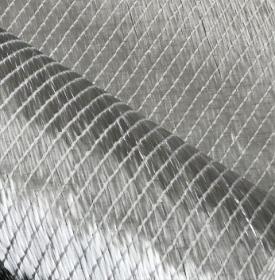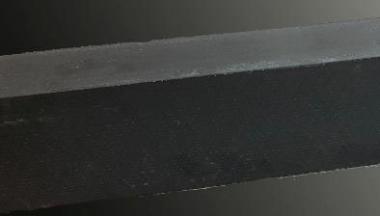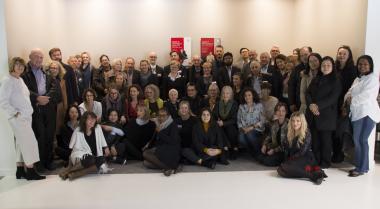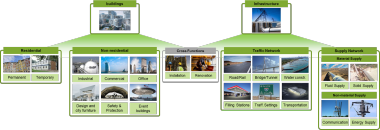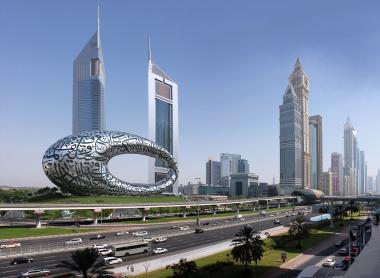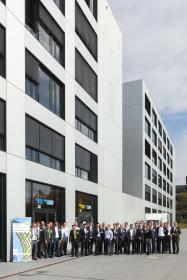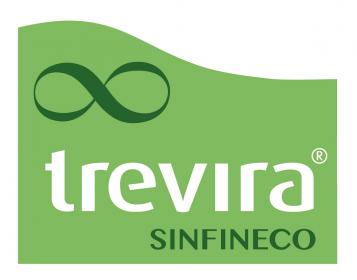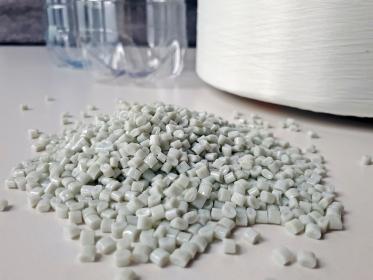JEC Group sets the stage for composites materials at upcoming international motor shows
- In its aim to promote composites materials, JEC Group will highlight the latest technologies that enable the automotive industry to innovate in product design, emission reductions and production.
Paris - In its mission to address composites end-use industries specifically, JEC Group, the world leading organization for the promotion of composite materials, moves up a gear to target the automotive industry. Introduced many decades ago in car manufacturing, and not only for high-end performance models, composites are now offering many alternatives to steel and aluminum, thanks to their specific features, which go far beyond their lightweight properties.
“Today, nearly 2.9 cars are produced and sold worldwide every second. Yet growth potential is still enormous. In value, the automotive industry makes up 20% of the total composites market with promising opportunities for lighter, stronger and more efficient materials in the years to come. They offer new design opportunities, enable a reduction in tooling investment and allow several functions to be integrated in one, on top of their corrosion and impact resistance. Furthermore, composite materials contribute to the development of a new generation of cars, offering innovative battery integration solutions for electric vehicles, as well as a new generation of fuel storage tanks for hydrogen-powered vehicles. JEC Group is moving forward in its strategy to democratize and promote the use of composites materials among end-user segments that, in this case, are OEMs and car manufacturers,” said Ms Frédérique MUTEL, JEC Group President & CEO.
The BMW i3 the largest-volume production car ever to extensively use composites for emission-free mobility
With this in mind, JEC Group will invest in a significant number of composites pavilions at key automotive events in Europe, America and Asia. The first of these will be at Mondial.Tech Paris, part of Paris Motor Show, held on October 2-6, 2018 in Paris. The composites pavilion will include an innovation showcase, expert presentations and networking activities.
The second composites pavilion will be at the North American International Auto Show in Detroit on January 14-18, 2019 and will focus on the same goals of sharing knowledge and developing networking.
Additional events, particularly in Asia, are being planned to cover the global automotive market.
Although the composites pavilions are organized by JEC Group, they will be supported by major composites manufacturers. These combined efforts will enable stands to showcase several solutions provided by composites for the automotive industry, driving innovation in this sector.
AGENCE APOCOPE





